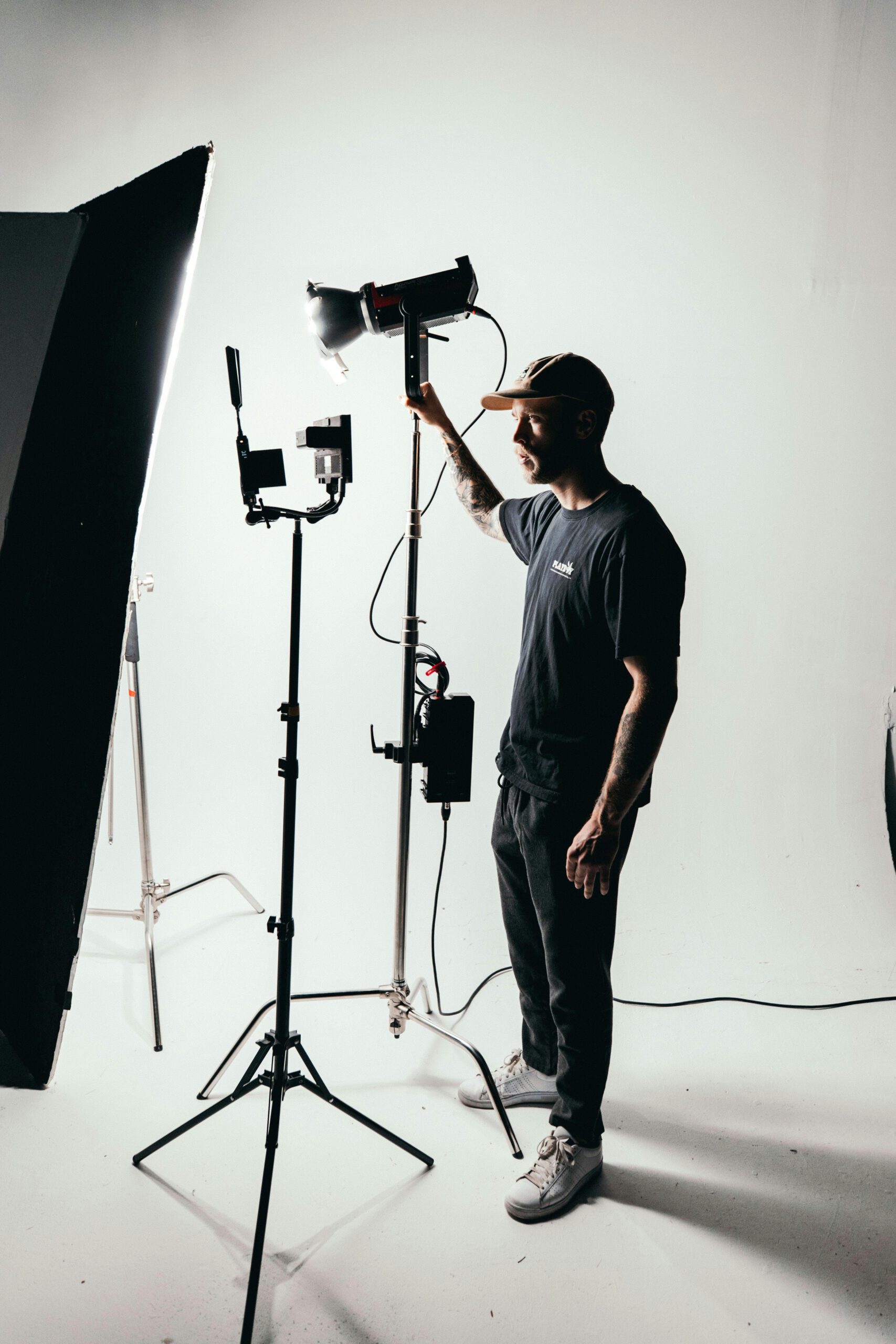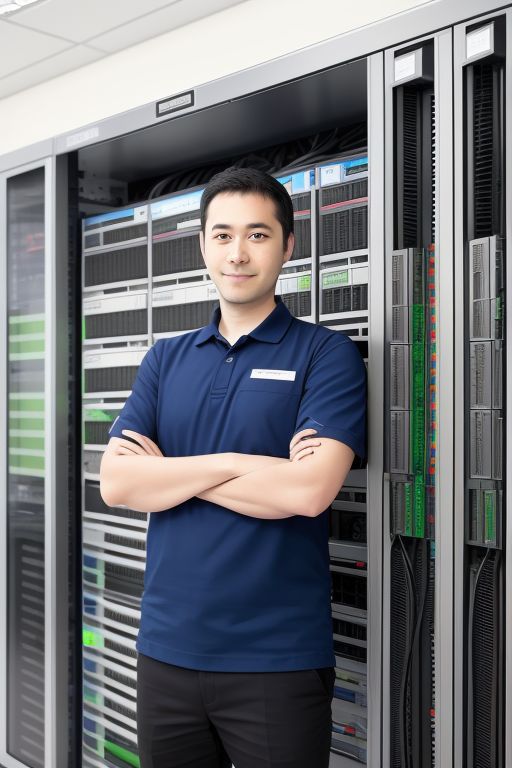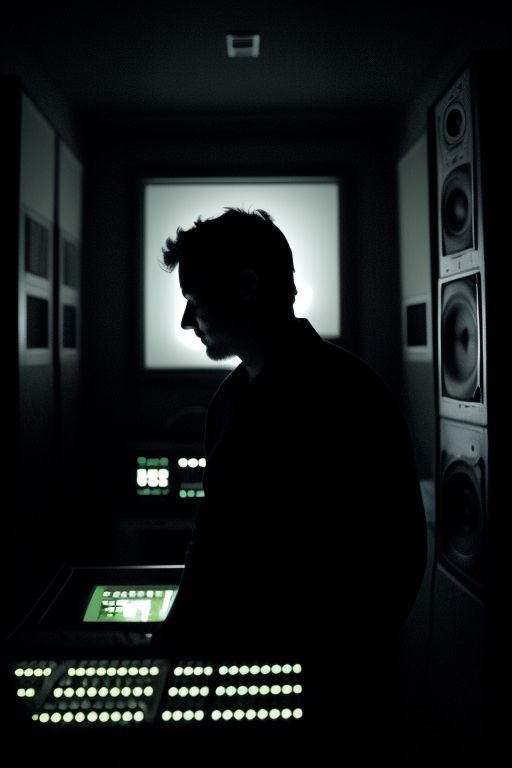The role of the gaffer is crucial to the successful execution of lighting. The gaffer, often known as the chief lighting technician, is responsible for implementing the lighting plan as designed by the lighting director (LD). They manage the lighting crew, handle the technical aspects of lighting setup, and ensure that the lighting supports the visual goals of the production. This article delves into the diverse responsibilities of a gaffer, highlighting their significance, required skills, and the impact they have on the overall production.
The Role of a Gaffer in Broadcast
The gaffer is the head of the lighting department on a set. They work closely with the lighting director to translate the lighting design into practical setups. Here’s a detailed look at their key responsibilities:
- Pre-Production Planning
- Lighting Plan Review: The gaffer reviews the lighting plan created by the LD. They discuss the technical requirements and any potential challenges that may arise during setup.
- Equipment Preparation: They prepare a list of necessary lighting equipment, including lights, stands, cables, gels, and diffusion materials. The gaffer ensures that all equipment is available and in working condition.
- Crew Coordination: The gaffer assembles and coordinates the lighting crew, assigning specific tasks and responsibilities to ensure efficient workflow during production.
- Technical Setup
- Rigging Lights: The gaffer oversees the rigging and placement of lights according to the lighting plot. This involves setting up lights on stands, hanging them from grids, or positioning them in specific locations on set.
- Power Management: They manage the power distribution for all lighting equipment, ensuring that circuits are not overloaded and that all lights receive consistent power.
- Safety: The gaffer ensures that all lighting setups are safe for the cast and crew, following safety protocols to prevent accidents, such as securing cables and properly supporting lighting fixtures.
- Production Execution
- Light Adjustments: During production, the gaffer makes adjustments to the lighting as needed. This can involve repositioning lights, changing bulbs, adjusting dimmers, and modifying light intensity and color.
- Problem-Solving: They address any technical issues with the lighting equipment, ensuring that problems are resolved quickly to avoid delays in the production schedule.
- Collaboration: The gaffer works closely with the LD, director, and cinematographer to ensure that the lighting enhances the visual storytelling and meets the production’s aesthetic goals.
- Post-Production Support
- Strike and Wrap: After filming, the gaffer oversees the safe and efficient breakdown of all lighting equipment. They ensure that all gear is properly stored and accounted for.
- Feedback and Improvement: The gaffer reviews the final footage to assess the effectiveness of the lighting setups. They provide feedback and identify areas for improvement in future productions.
Key Skills Required for a Gaffer
Being an effective gaffer requires a blend of technical expertise, practical skills, and strong leadership abilities. Here are some of the most critical skills needed:
- Technical Knowledge: Gaffers must have an in-depth understanding of lighting equipment, including various types of lights, dimmers, power distribution, and rigging techniques.
- Problem-Solving: The ability to troubleshoot and resolve technical issues quickly is crucial, especially during live broadcasts or tight shooting schedules.
- Leadership: Gaffers need strong leadership skills to manage the lighting crew, delegate tasks effectively, and maintain a productive work environment.
- Attention to Detail: Precision and attention to detail are essential to ensure that all lighting setups are executed flawlessly and safely.
- Communication: Effective communication with the LD, director, cinematographer, and lighting crew is vital to ensure that the lighting plan is implemented correctly and efficiently.
The Impact of a Gaffer
The gaffer’s role is central to the technical execution of a broadcast. Their work directly influences the quality and efficiency of the production. Here are some ways gaffers make a significant impact:
- Visual Quality: By implementing effective lighting setups, gaffers enhance the overall visual quality of the broadcast, making it more engaging and professional.
- Efficiency: Efficient management of the lighting setup and crew ensures that productions run smoothly, minimizing downtime and delays.
- Safety: Gaffers ensure that all lighting setups are safe for the cast and crew, preventing accidents and maintaining a secure production environment.
- Support for Creative Vision: By translating the LD’s design into practical setups, gaffers help achieve the desired visual aesthetic and support the creative vision of the production.
The Gaffer’s Workflow in Broadcast Production
To understand the role of a gaffer, it’s essential to look at their workflow in detail, from pre-production to post-production.
- Pre-Production Phase
- Review and Planning: The gaffer reviews the lighting plan and equipment list provided by the LD. They plan the technical setup and coordinate with the lighting crew to ensure all preparations are in place.
- Equipment Check: They conduct a thorough check of all lighting equipment, ensuring that everything is in working order and ready for use. This includes testing lights, dimmers, cables, and power sources.
- Safety Preparations: The gaffer assesses the shooting location for any potential safety hazards related to the lighting setup. They implement safety measures to protect the cast and crew.
- Production Phase
- Setup and Rigging: The gaffer leads the lighting crew in setting up and rigging lights according to the lighting plot. This involves positioning lights, running cables, and configuring power distribution.
- Adjustments and Tweaks: During production, the gaffer makes real-time adjustments to the lighting setup as directed by the LD. They ensure that all lighting changes are implemented quickly and accurately.
- Maintenance and Troubleshooting: The gaffer monitors the lighting equipment throughout the production, addressing any technical issues that arise and performing necessary maintenance.
- Post-Production Phase
- Breakdown and Storage: After filming, the gaffer oversees the breakdown and safe storage of all lighting equipment. They ensure that all gear is accounted for and properly maintained for future use.
- Review and Feedback: The gaffer reviews the final footage to assess the effectiveness of the lighting setups. They provide feedback to the LD and identify areas for improvement in future productions.
The Evolution of the Gaffer’s Role
The role of the gaffer has evolved significantly with advancements in technology and changes in production methods. Today’s gaffers must stay updated with the latest tools and techniques in the industry:
- LED Lighting Technology: The rise of LED lighting has introduced more flexible and energy-efficient options for gaffers, allowing for greater control and creativity in lighting design.
- Digital Lighting Control: Modern control consoles and software tools enable more precise and dynamic control of lighting, making it easier to implement complex lighting setups.
- Sustainability Practices: There is a growing emphasis on sustainable lighting practices, with gaffers seeking ways to reduce energy consumption and minimize the environmental impact of their work.
Real-World Examples of Gaffers
To illustrate the impact and responsibilities of gaffers, let’s look at some real-world examples:
- Live Television Broadcasts
- Gaffer’s Role: In live television broadcasts, gaffers are responsible for setting up and managing the lighting for studio shows, live events, and on-location shoots. They ensure that all lighting setups are safe, efficient, and visually appealing.
- Challenges: Live broadcasts require quick adjustments and problem-solving skills to address any lighting issues that arise in real-time. Gaffers must be able to adapt to changing conditions and maintain high-quality lighting throughout the broadcast.
- Film Production
- Gaffer’s Role: In film production, gaffers work closely with the LD and cinematographer to create the desired lighting effects for each scene. They manage the technical aspects of the lighting setup, ensuring that all lights are positioned and configured correctly.
- Challenges: Film lighting often involves complex setups and intricate coordination with other departments. Gaffers must ensure that all lighting is consistent, safe, and enhances the visual storytelling.
- Concerts and Live Performances
- Gaffer’s Role: For concerts and live performances, gaffers design and implement lighting setups that enhance the visual impact of the show. They coordinate with the lighting designer and production team to ensure that all lighting effects are synchronized with the performance.
- Challenges: Live performances require dynamic lighting that can change rapidly to match the music and choreography. Gaffers must be able to execute precise lighting cues and make real-time adjustments.
Conclusion
The role of a gaffer in broadcast is multifaceted and essential to the success of any production. Gaffers are the technical experts who implement the lighting design, ensuring that all lighting setups are safe, efficient, and visually impactful. Their responsibilities span technical, practical, and managerial tasks, requiring a unique blend of skills and expertise.
Gaffers play a crucial role in ensuring high-quality visual content, contributing significantly to the overall impact and success of the broadcast. Their work enhances the narrative, engages the audience, and ensures that the production runs smoothly and safely.






Leave a Reply